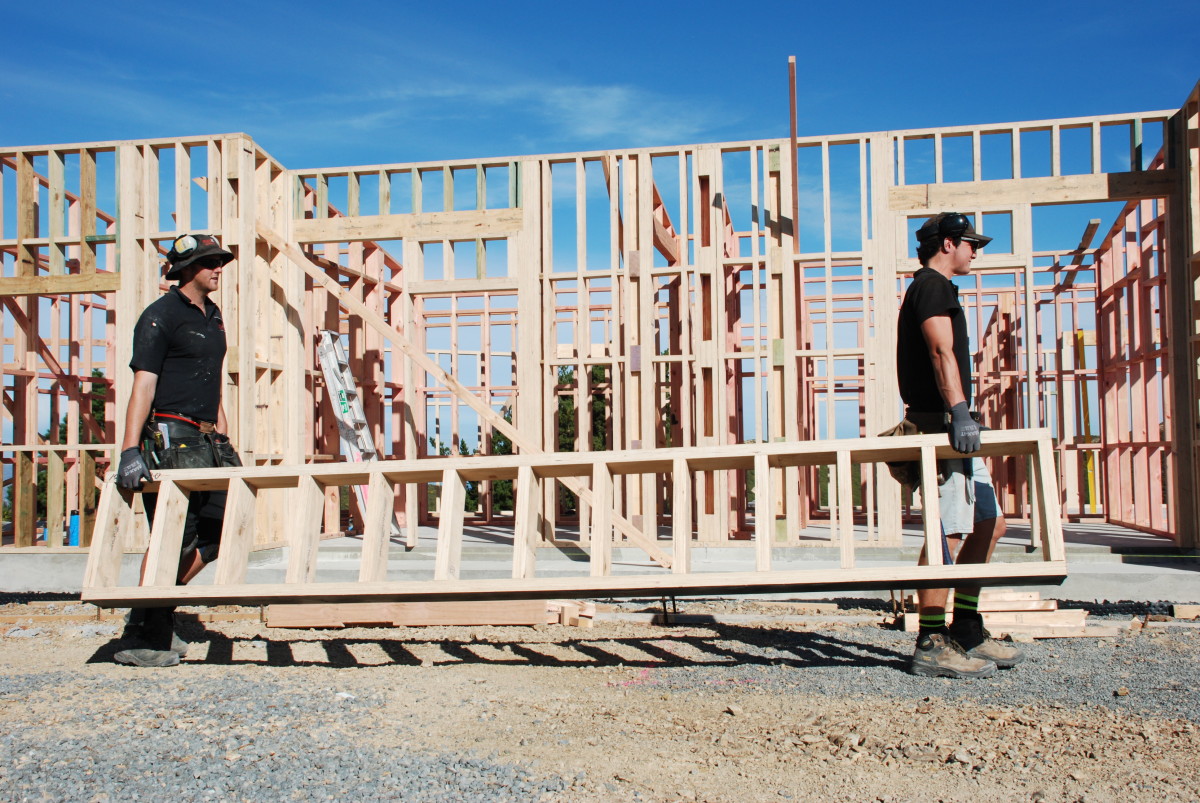Maximising a migrant workforce
12 Aug 2014, Business Tips, Featured, Prove Your Know How

Migrant workers come to New Zealand from a variety of countries and backgrounds. It is important as an employer that you provide them with the proper equipment and training, to help make them and their co-workers safe on New Zealand’s construction sites
Migrant workers can help fill labour and skill shortages in the construction sector; however, it’s essential that employers provide them with the proper equipment and training to ensure they and their co-workers are safe.
Immigration New Zealand provides direction on migrant workers’ rights and have simple tips on how to handle any confusion that may arise in its helpful guide Are You Employing Migrant Construction Workers?
Over the next few issues of Under Construction, we’ll continue to feature content from this guide.
A safe workplace – training, supervision and equipment
Migrant workers may come to your workplace with different understandings about work safety, and some of them may be unaware of hazards common to New Zealand’s construction sites.
It’s your responsibility to provide them with the right training, supervision and equipment, to ensure the workplace is safe for all your staff.
Climate
One of the most difficult things about coming to New Zealand is getting used to the variable climate. New Zealand has high levels of harmful ultra violet (UV) radiation. UV rays are still dangerous on cloudy or cool days and migrants may not be aware they are at risk of skin damage in such weather. It is important all staff are aware of this and have the appropriate protection.
Reporting incidents
You are required to tell migrant workers how to report any hazard, accident or near miss. They need to be told how to handle an emergency (such as a fire or chemical spill) and where emergency equipment and first-aid kits are kept.
The law says employees are responsible for their own safety at work. Make sure they have enough information, training and knowledge to complete a task.
Employers are obliged to ensure information is provided in a form that workers understand. For migrant workers, this may require information provided in their own language. Where literacy is an issue, information may be better provided verbally and supported in graphic form.
Migrant workers may speak English better than they can read it, write it or understand others speaking it. There may be support available for your workplace to get some English training where needed.
If you need an interpreter to help explain New Zealand safety requirements, contact Interpreting New Zealand on 0508 468 377, or at www.interpret.org.nz
Double check that your migrant workers know how to operate equipment safely, and use the right personal protective equipment (PPE). They may be unfamiliar with some equipment or New Zealand’s PPE requirements.
Make sure they know that employers and workers may be prosecuted if there is an accident where the law has not been followed. You can obtain advice on training from health and safety industry organisations – such as New Zealand’s Construction Safety Council, SiteSafe NZ or from your industry association.
“Migrant workers may come to your workplace with different understandings about safety at work. Your responsibility is to provide a safe workplace for all your staff, including migrants
A word from the wise
“Having migrants go through an industry recognised health and safety programme will provide them knowledge to keep themselves and their co-workers safe on the work site. The construction sector, through the Construction Safety Council, has developed a framework to provide this certainty, so check with them to see if the training you are providing meets expectations.”
–Warwick Quinn,
Chair of the Construction
Safety Council of New Zealand
The Ministry of Business, Innovation and Employment maintains a list of approved health and safety courses, available here.
Hazards common to NZ construction sites include:
- Slips, trips and falls (falls from heights are the most common cause of deaths in construction and even falls from a few metres can be fatal).
- Being hit or crushed by falling objects and moving machinery.
- Electrocution.
- Loss of control of machinery or equipment.
- Exposure to asbestos, chemicals or noise.
Register to earn LBP Points Sign in



